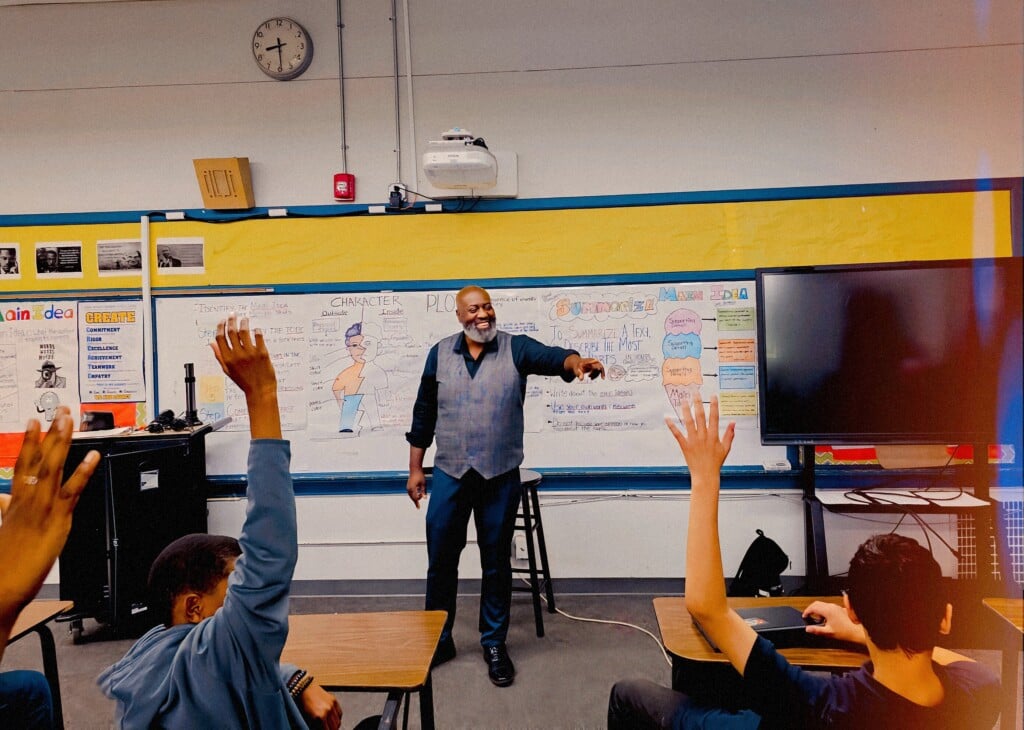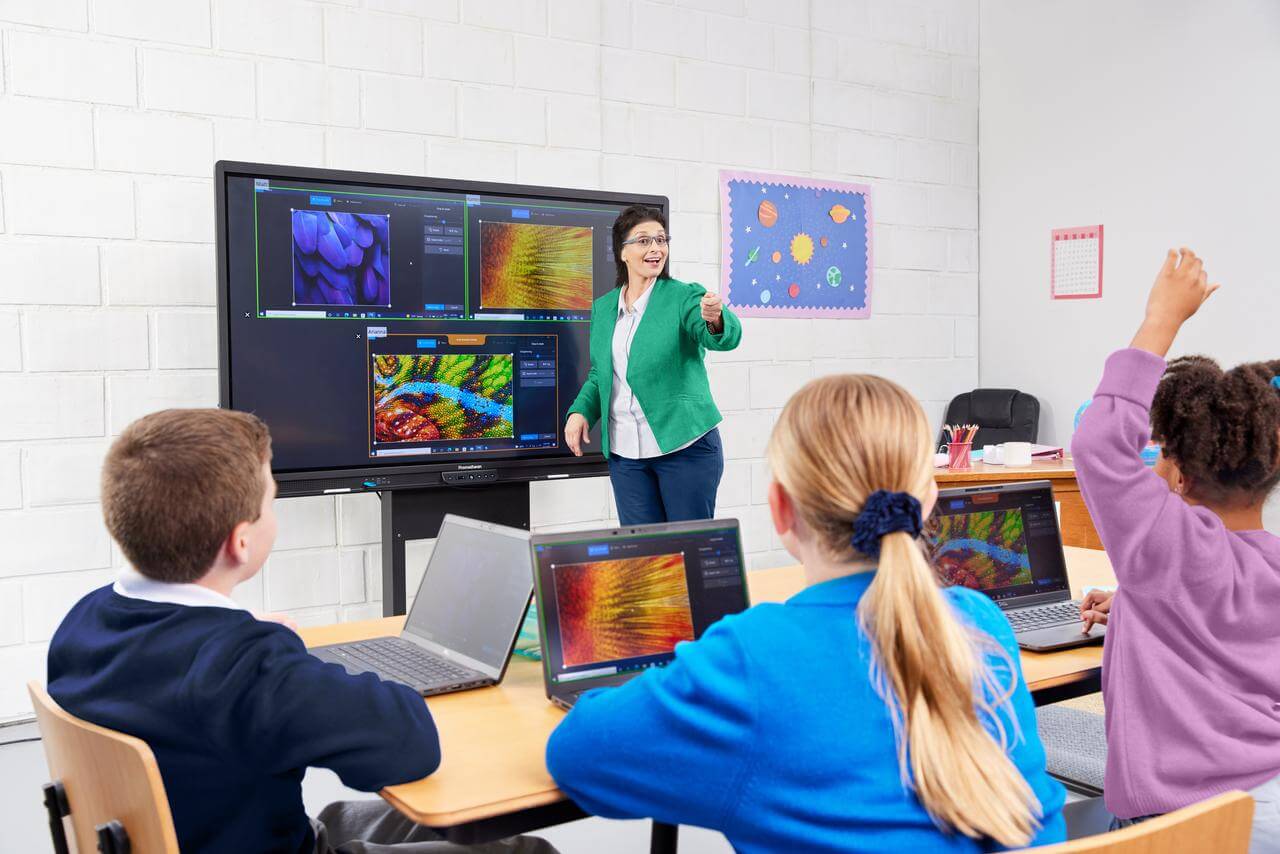The Best Primary Science Tuition Singapore for Effective Learning Methods
The Best Primary Science Tuition Singapore for Effective Learning Methods
Blog Article
A Comprehensive Overview to the Numerous Learning Methods in Primary Science Guideline
The exploration of diverse learning methods in primary science direction presents an opportunity for instructors to boost pupil engagement and understanding considerably. By taking a look at hands-on discovering strategies, inquiry-based methods, and joint approaches, we can determine reliable practices that cater to numerous learning designs.

Hands-On Knowing Techniques
Hands-on learning strategies play a crucial role in primary science guideline, engaging students in energetic expedition and testing. These approaches permit students to connect directly with materials and sensations, cultivating a much deeper understanding of scientific ideas. By utilizing manipulatives, versions, and real-life experiments, instructors develop an environment where pupils can observe, hypothesize, and evaluate their ideas.
Such methods not just boost understanding however also grow vital reasoning and analytical abilities. When pupils take part in tasks like constructing basic machines, growing seeds, or performing chemical reactions, they are urged to ask questions and look for responses via their own monitorings. This experiential strategy assists to debunk complicated scientific concepts, making them extra obtainable and relatable.
Furthermore, hands-on understanding advertises collaboration amongst peers, as trainees usually operate in groups to conduct experiments or share findings. This synergy not only enriches their knowing experience yet likewise establishes essential social abilities. Inevitably, incorporating hands-on strategies in primary science instruction promotes a lifelong love of discovering and inquisitiveness concerning the all-natural globe, laying a solid foundation for future scholastic pursuits in scientific research and beyond.
Inquiry-Based Learning
Inquiry-based learning is an educational strategy that motivates trainees to ask questions, explore sensations, and create their very own understanding of clinical principles. This technique shifts the emphasis from conventional teacher-led instruction to a much more student-centered experience, where students take the initiative in their educational trip. By cultivating inquisitiveness, inquiry-based learning promotes deeper interaction with the product, enabling pupils to check out topics in a significant context.
In practice, this method often involves hands-on experiments, monitorings, and vital reasoning activities that line up very closely with the scientific approach. Pupils are motivated to develop hypotheses, style investigations, and assess data, which cultivates vital abilities such as logical and analytic reasoning. The duty of the instructor in this framework is to promote expedition, directing pupils through the inquiry procedure while encouraging independent thought and partnership.
In addition, inquiry-based understanding supports a feeling of ownership over the discovering procedure, motivating trainees to pursue understanding actively. This technique not only enhances understanding of clinical principles but likewise cultivates a lifelong love for discovering, equipping students with the abilities necessary to browse a progressively intricate globe.
Collaborative Learning Approaches
Collective knowing strategies encourage pupils to take part in meaningful communications with peers, cultivating a shared responsibility for their instructional outcomes. In primary scientific research guideline, these approaches urge students to collaborate to discover scientific concepts, fix troubles, and conduct experiments (primary science tuition Singapore). By getting involved in group tasks, pupils can utilize varied perspectives, enabling richer understanding and retention of scientific understanding
One trick facet of joint learning is the emphasis on interaction abilities. Students should articulate their thoughts, listen actively to others, and bargain concepts, every one of which are vital proficiencies in both real-world and scholastic contexts. This social interaction not only enhances their understanding of scientific principles yet likewise promotes teamwork and conflict resolution abilities.
When pupils see visit the worth of their payments within a team, they are a lot more most likely to take possession of their knowing journey. Overall, incorporating joint understanding strategies in key scientific research guideline grows a vibrant understanding setting that prepares pupils for future academic and social obstacles.
Technology Assimilation in Science
The integration of modern technology in main science direction enhances finding out experiences by supplying ingenious tools and sources that support different training approaches, consisting of collective knowing - primary science tuition Singapore. Making use of electronic systems, simulations, and interactive applications allows students to involve deeply with scientific ideas, assisting in an extra hands-on approach to understanding
Virtual laboratories, for circumstances, make it possible for learners to conduct experiments safely and effectively, advertising inquiry-based knowing. These tools can imitate real-world clinical scenarios, permitting trainees to envision intricate processes that would be tough to replicate in a traditional classroom setup. Moreover, modern technology cultivates interaction and cooperation amongst pupils, as they can share findings and work together on jobs with online platforms.
In addition, multimedia discussions and instructional videos can enrich lessons by catering to varied discovering designs, making abstract concepts extra accessible. Information evaluation devices likewise encourage students to gather and translate scientific information, strengthening crucial believing skills. Generally, the calculated unification of innovation in main science instruction not just improves engagement however likewise prepares pupils for a technically sophisticated society, equipping them with necessary skills for future scientific endeavors.
Separated Instruction Methods
Set apart direction strategies are vital for dealing with the diverse needs of students in key science education. These techniques allow instructors to tailor their mentor approaches to fit varying abilities, rate of interests, and finding out designs within the class. By utilizing set apart instruction, educators can produce a comprehensive atmosphere that fosters engagement and improves understanding of scientific ideas.
One effective technique is to make use of flexible organizing, which permits students to team up with peers at comparable ability degrees or with varying point of views. This approach motivates peer discovering and advertises important thinking. Furthermore, offering choices in assignments can equip trainees, enabling them to choose projects that resonate with their interests while still satisfying curricular purposes.
In addition, including tiered assignments is an additional important technique. By making jobs with differing levels of complexity, educators can make sure that all pupils are appropriately tested, no matter of their effectiveness. Using developmental analyses click site to evaluate understanding additional enables teachers to change their educational techniques dynamically, ensuring that each student receives the assistance they need.
Eventually, executing separated guideline strategies in primary scientific research education and learning not just boosts pupil discovering results however also grows a passion for scientific research, preparing pupils for future scholastic quests.

Verdict
In recap, efficient main scientific research instruction necessitates a multifaceted strategy that incorporates hands-on understanding, inquiry-based methods, and collaborative methods. The combination of technology and set apart guideline additionally deals with varied understanding designs, cultivating a setting for expedition and important thinking. By implementing these strategies, instructors can enhance pupil interaction helpful hints and comprehension, ultimately supporting a lifelong enthusiasm for scientific research and questions. Such thorough approaches are necessary for establishing educated and interested future scientists.
The expedition of diverse understanding methods in primary scientific research instruction presents a possibility for teachers to enhance pupil involvement and understanding substantially.Hands-on knowing strategies play a pivotal role in key science direction, engaging pupils in active expedition and experimentation.Inquiry-based knowing is an instructional strategy that encourages students to ask questions, explore phenomena, and build their very own understanding of scientific principles.Collaborative learning methods encourage students to involve in meaningful interactions with peers, cultivating a shared responsibility for their educational end results. Generally, integrating collective discovering techniques in primary scientific research direction cultivates a vibrant understanding environment that prepares trainees for future scholastic and social difficulties.
Report this page